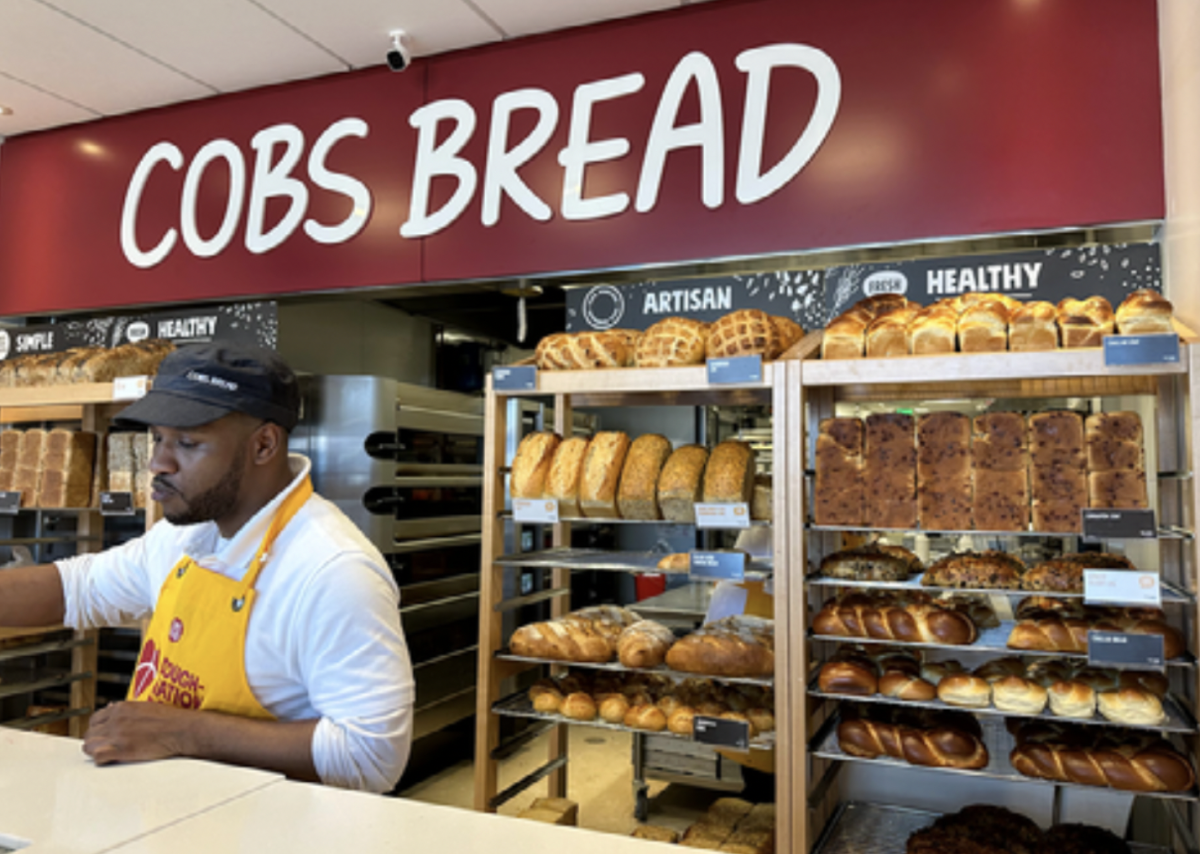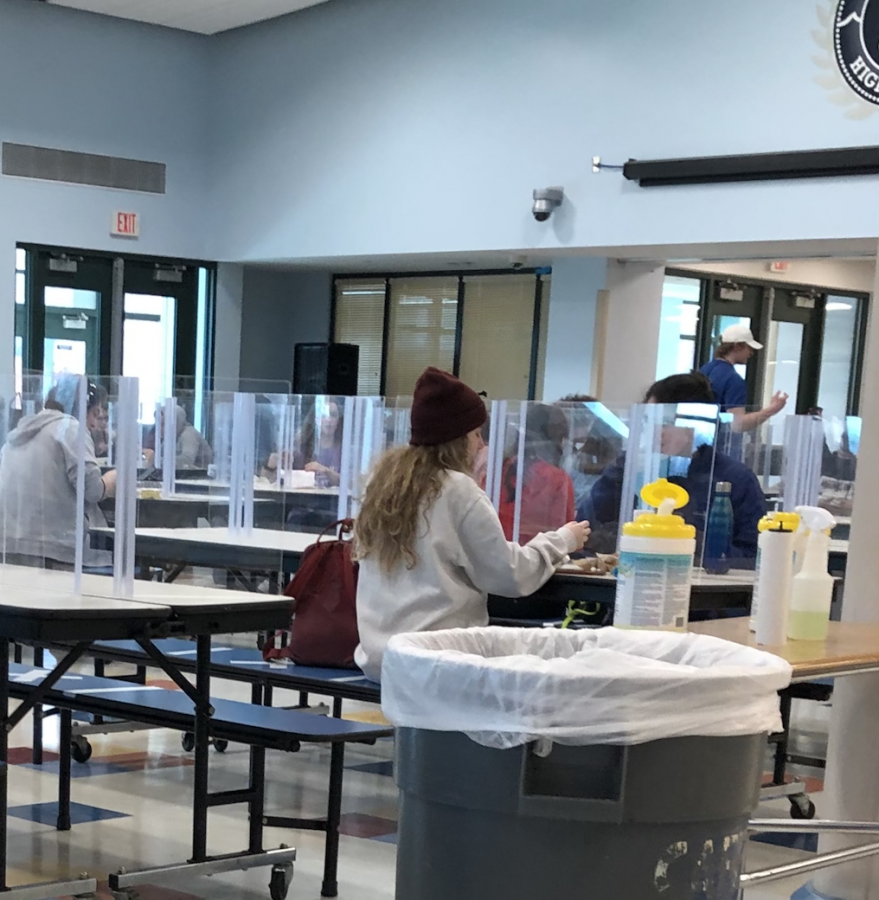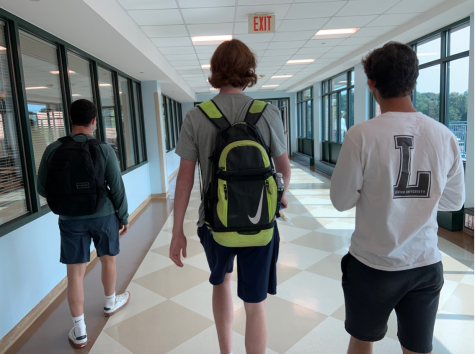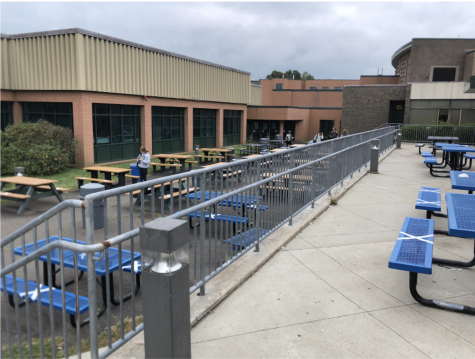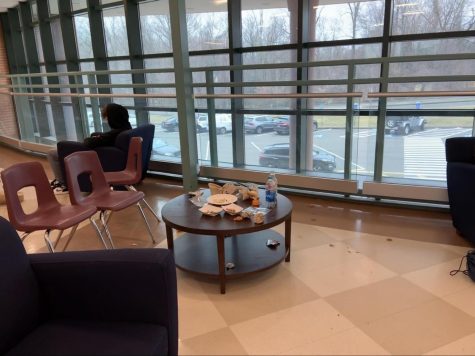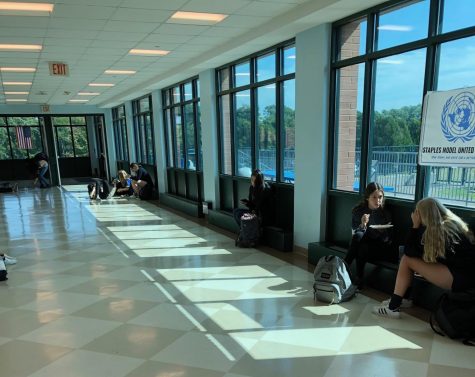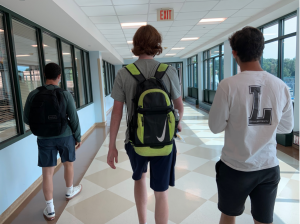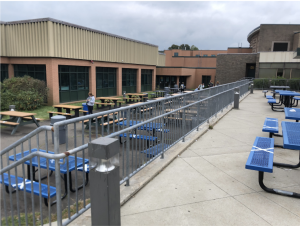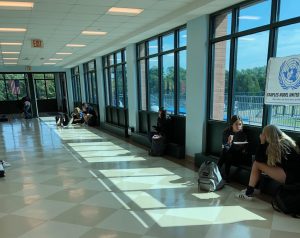Recent changes to lunch periods prove undesirable, require remedy
The most dramatic development in the wake of the shift to 75% capacity has been the new circumstances of lunch periods. Decidedly suboptimal, these have become frenzied and unsafe, but can be easily rectified.
With all of the changes that have come with the implementation of the 75% model, some of the most talked-about have been those affecting lunch periods. Considering the dramatically stricter regulations and changing logistics, it’s not hard to see why.
In an era where time with friends, face-to-face, is rare, lunch periods that work smoothly are more important than ever. It is, therefore, somewhat disappointing to see that many of the changes to lunch have been for the worse. New inconveniences and genuine safety concerns have coalesced to make a stressful and anxiety-inducing period of what could have been much-needed respite. The fact of the matter is that lunch at 75% capacity isn’t working, but the situation is––thankfully––easily remedied.
The most substantive complaint has been the perceived overcrowding that is now expected of the cafeteria. With seating options justifiably halved by social distancing requirements and more students than ever in the building, many––myself included––have struggled to find a place for themselves. Now, it is not uncommon to hear students feverishly strategizing in an attempt to avoid the stress that now accompanies an entrance to the cafeteria. The more pressing concerns borne from an increased body count, however, are those related to student safety.
It is unlikely that anyone was surprised by the forcible increase in student proximity that would come from a greater number of people in the same square footage, but the degree this increase has happened has bordered on drastic. The circumstances that accompany lunch––pulled-down masks and spirited conversation––have made it one of the more dangerous ventures of the day, and this has only been exacerbated in the past few weeks.
The solution to these problems is simple. In years past, students have enjoyed tables in the hallways, in front of the auditorium, and elsewhere beyond the bounds of the cafeteria. Though COVID-19 would demand alterations to the physical setup of these tables, it does not necessitate their complete removal.
The plastic barriers and tape over the seats are not difficult to transfer elsewhere, and would constitute a configuration equally as safe as that in the cafeteria. The relative removal from larger crowds of students and the renewed flexibility that this would allow during lunch would create a more positive environment.
Making sacrifices during the pandemic has become commonplace, and for good reason. Often, foregoing personal comforts and smaller pleasures for communal safety has been necessary. Nevertheless, a smoothly-run and stress-free lunch period is not too much to ask for, nor are the changes that it would require.


































